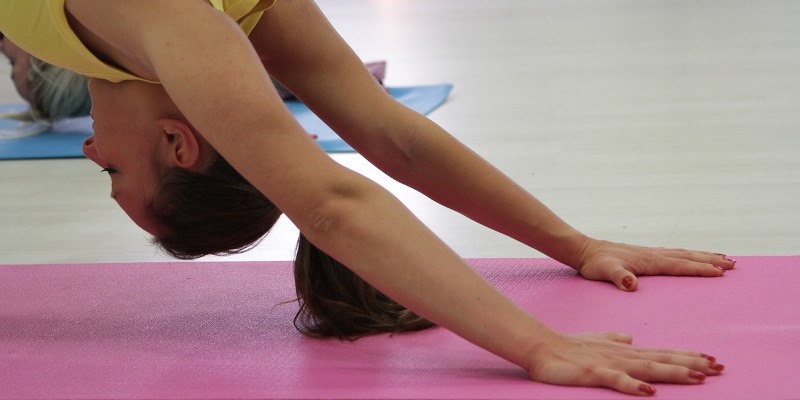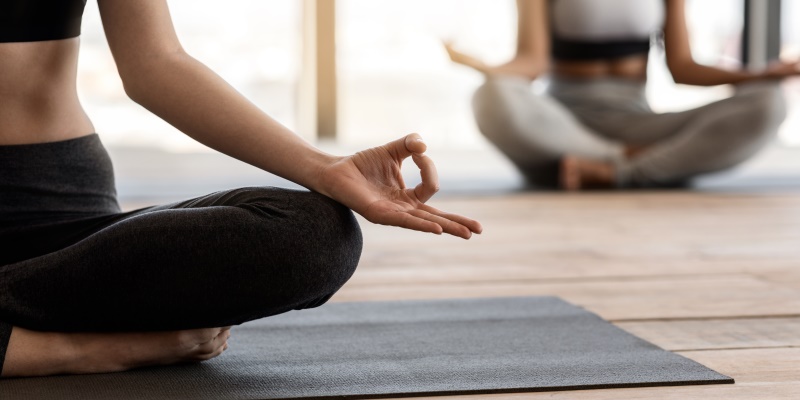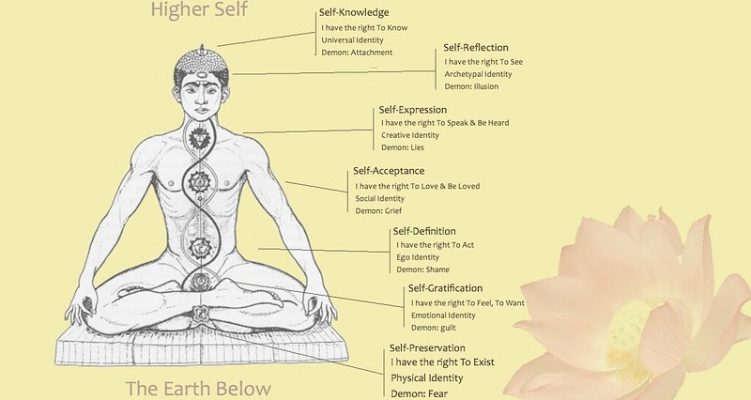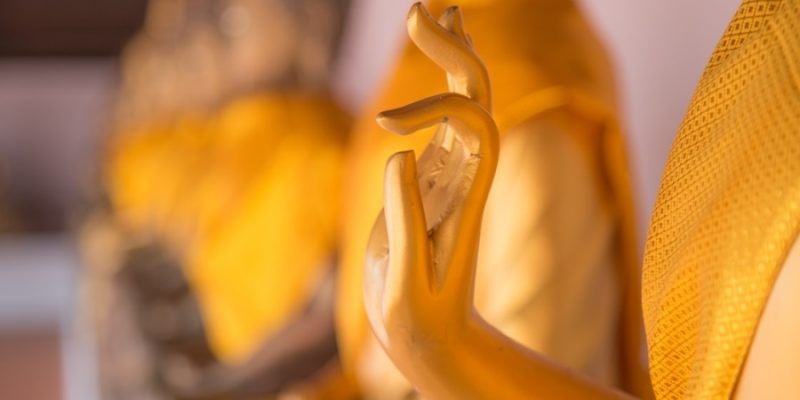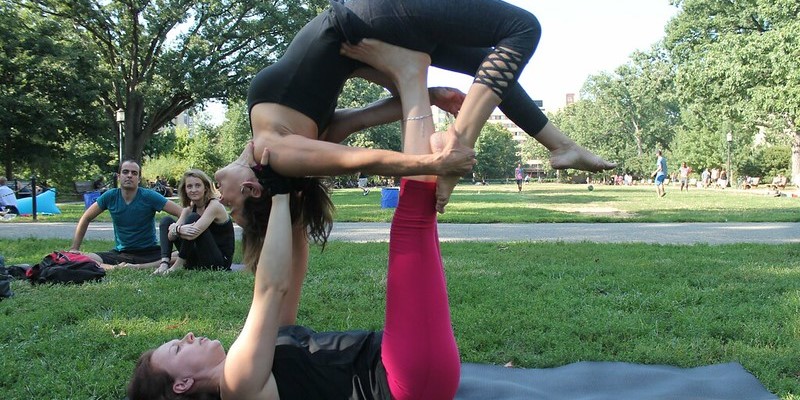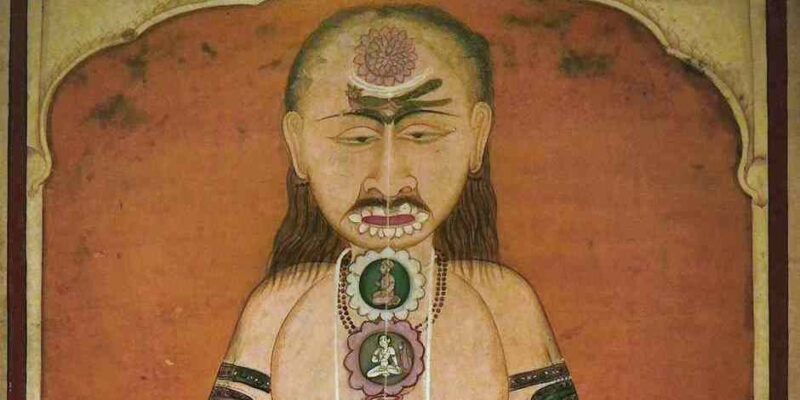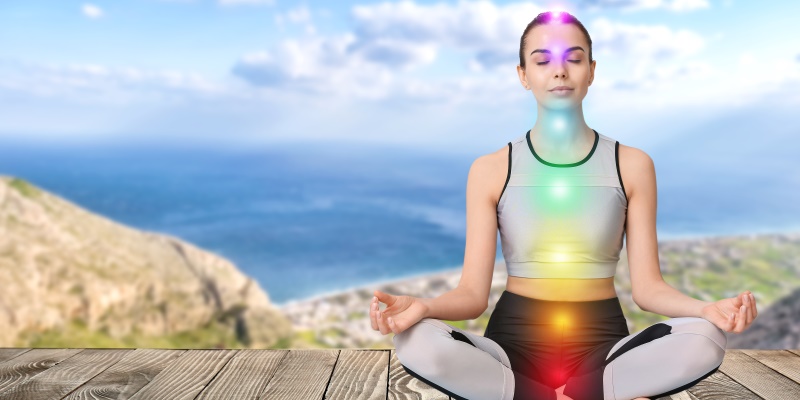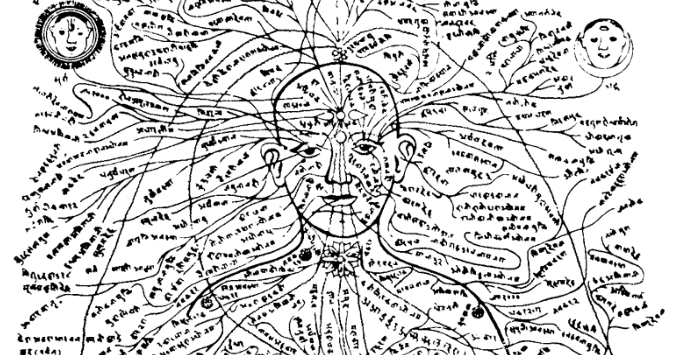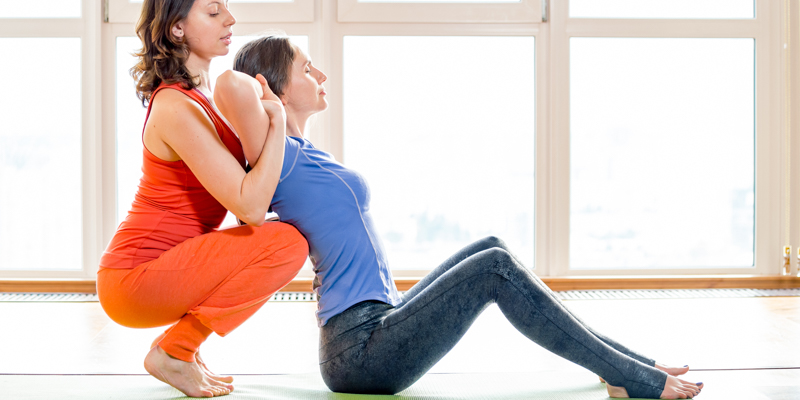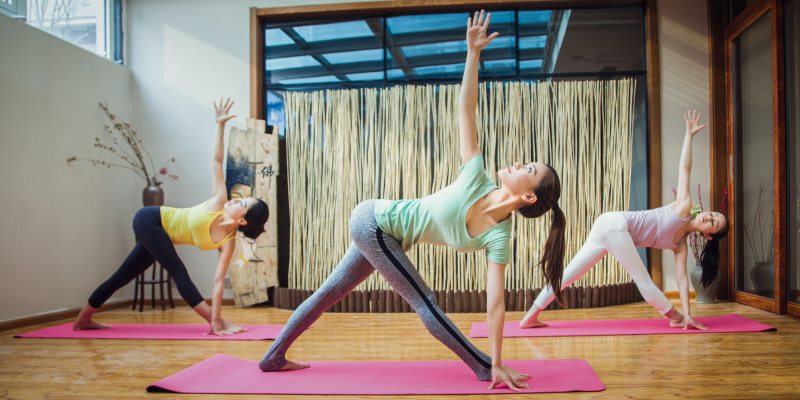
Ashtanga Vinyasa Yoga is a style of Yoga as Exercise founded by Krishna Pattabhi Jois (1915 – 2009), often seen as a modern-day form of classical Indian Yoga.
Introduction to Ashtanga Vinyasa Yoga
Krishna Pattabhi Jois claimed to have learnt the system from his teacher, Tirumalai Krishnamacharya, who was an Indian Yoga teacher, Ayurvedic healer and scholar, considered one of the most important gurus of modern Yoga, and recognized as the founder of Vinyasa Yoga and the “Father of Modern Yoga”. By the way, B. K. S. Iyengar, a famous Yoga Guru who founded Iyengar Yoga, was also a pupil of Krishnamacharya.

We can describe Ashtanga Vinyasa Yoga as an energetic practice that synchronizes breath with movements. The individual poses — Yoga Asanas — form flowing sequences (Vinyasas) in coordination with the breath.
In Ashtanga Vinyasa Yoga there are six series of Asanas, divided into sets for beginners, intermediate and advanced practitioners. The primary series, which is for beginners, is called “Yoga Chikitsa”; the second or intermediate series is called “Nadi Shodhana” and the next four series, which are advanced, are called “Sthira Bhaga”.
During the classes the students are supposed to memorize a series, and start the practice on their own; the teacher will guide each student individually depending on their level. This style of teaching, which can be described as an assisted self-practice class, is called the Mysore style.
The series are considered very intense and it takes a lot of practice to master them well to be able to go on with the subsequent series which are progressively more difficult; in fact this can only happen when the teacher thinks the student is ready. If you’re curious, you can easily find images and PDFs with the complete illustrated series online.
Concepts of Ashtanga Vinyasa Yoga
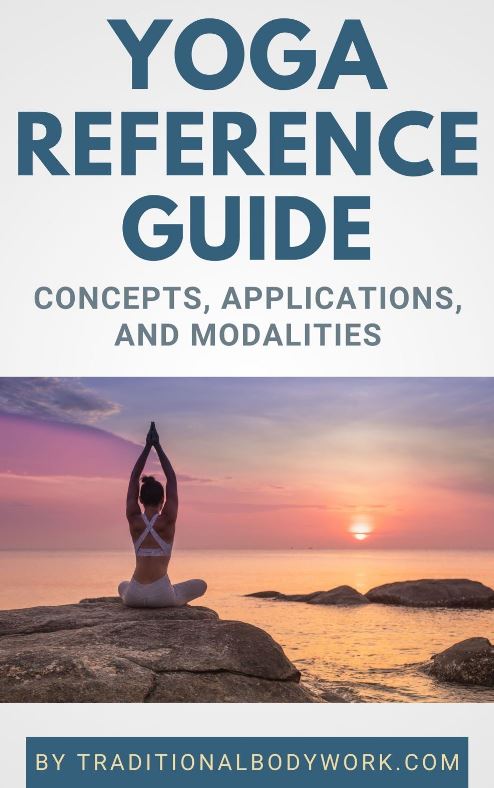
Ashtanga Vinyasa Yoga uses the so called Tristhana method, which consists of three specific elements that are incorporated into all the poses of every series: the breathing system (Ujjayi Breath/Pranayama), posture (Asanas and Bandhas), and gaze point (Drishti). These are considered the main concepts of the practice, involving the three levels of purification: the body, the nervous system, and the mind.
The goal of Ashtanga Vinyasa Yoga’s Tristhana method is to help the mind to be still and quiet, focusing towards a single point, which will eventually lead to Dhyana (contemplation and meditation) and supposedly to Samadhi (meditative absorption and spiritual enlightenment).
We can see these elements in Patanjali’s Ashtanga Yoga, as described in his Yoga Sutras. It’s no coincidence that this practice is called Ashtanga Vinyasa Yoga, being influenced by Patanjali’s work. For example, among the eight limbs of Ashtanga Yoga, Asana is the third limb, Pranayama the fourth limb, Dhyana is the seventh limb, and Samadhi the eight limb.
Scandals and Criticism
As unfortunately seen with too many modern Yoga modalities and other movements headed by charismatic male figures, it has become known that Jois sexually abused women during his Yoga classes. He would touch them inappropriately, grope them, kiss them, and more, hiding behind the individual “adjustments” done during the classes, or sometimes when “welcoming” and “saying goodbye” to students.

His grandson Sharath Jois, now head of the K. Pattabhi Jois Ashtanga Yoga Institute in Mysore, has acknowledged and apologized for his grandfather’s “improper behavior,” but also asked all the students harmed by his grandfather to forgive him, and stated that he hopes that abuse can be prevented from ever happening again.
There is also general criticism regarding the excessive strain of the poses and the intensity of the practice in Ashtanga Vinyasa classes, which is claimed to have left many students injured.
But all by all, Ashtanga Vinyasa Yoga, now led by Sharath Jois, is still a very popular modality, practiced by celebrities such as Madonna and Gwyneth Paltrow, and by many others who praise the numerous benefits of the practice for the body and mind, such as: reducing stress and anxiety; strengthening of muscles; improving flexibility; easing pains; increase of concentration, focus and creativity; reducing body fat and lowering blood pressure; to name a few.






